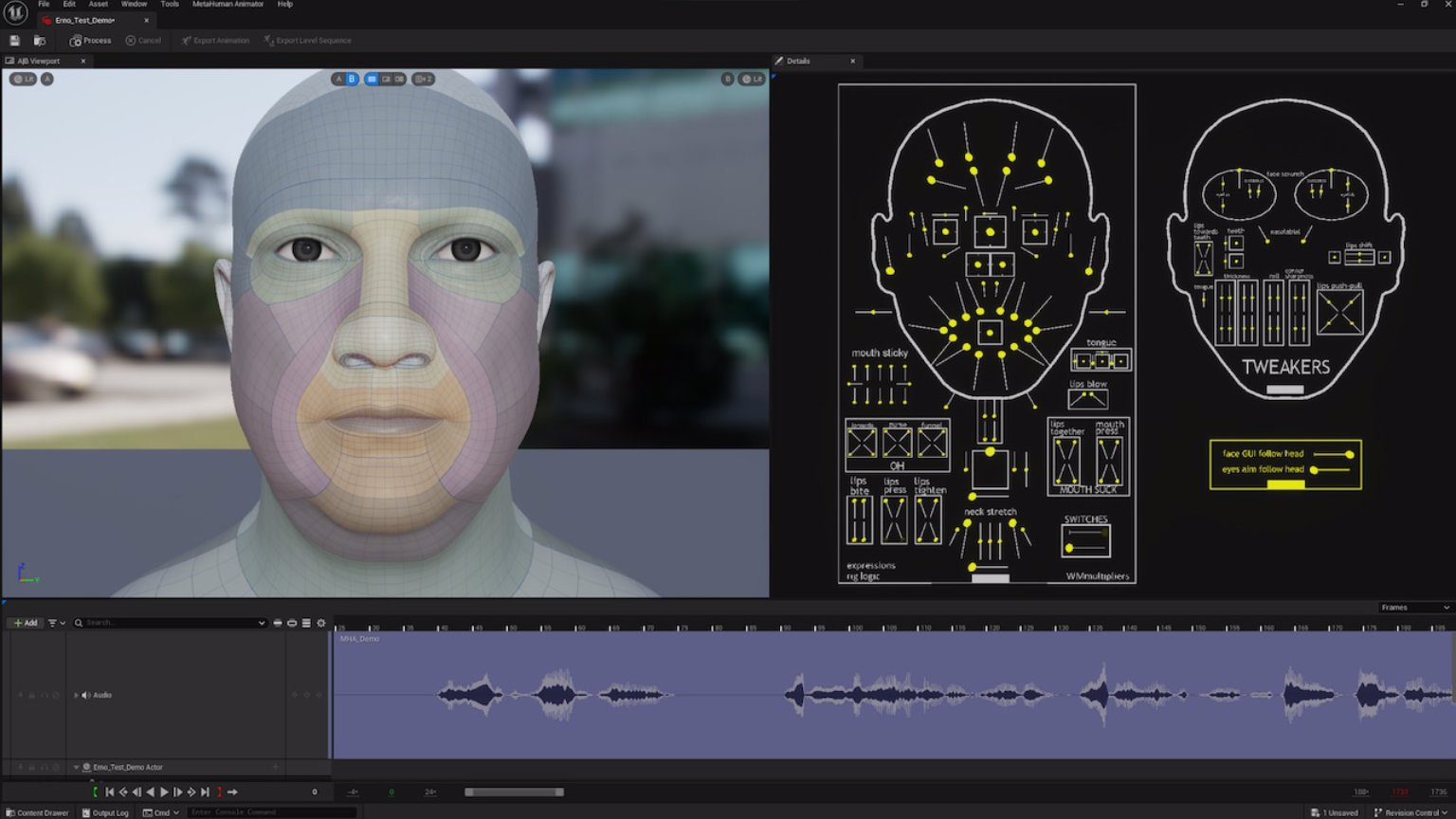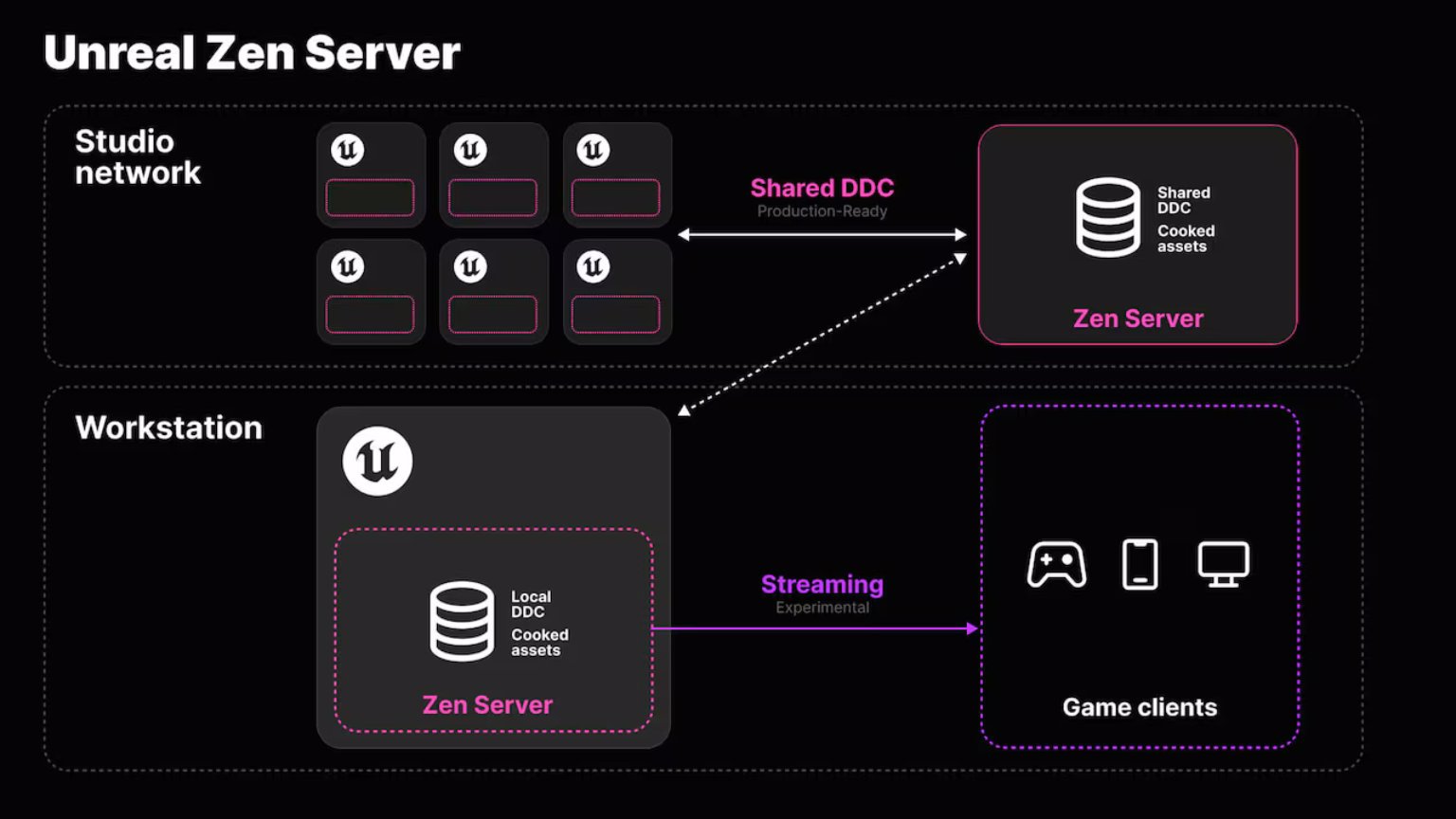Unreal Engine 5.5 has been released, just a month after its preview version and roughly six months after the 5.4 update. The latest version brings numerous improvements, with a focus on rendering performance, in-editor animation tools, mobile game development, visual production, and faster developer iteration.
Let's briefly go over the highlight features in this release:
Rendering
On the rendering front, one of the major features in this release is the debut of Megalights, which, according to Epic Games, is already being dubbed “the Nanite of lights.” This experimental new feature enables users to add hundreds of dynamic, shadow-casting lights to their scenes, offering artistic freedom without the need to worry about performance implications.
In this release, Lumen, Unreal Engine's dynamic global illumination and reflections system, can now run at 60 Hz on platforms with hardware support.
Path Tracer, the DXR-accelerated, physically accurate progressive rendering mode, is now production-ready and includes improvements such as enhanced performance and fidelity, Linux support, and compatibility with other production-ready features like sky atmosphere and volumetric clouds.
Substrate, the material authoring framework introduced in Unreal Engine 5.2, has moved to Beta status. It is now ready for linear material production, allowing look development artists to leverage its powerful and flexible framework for more control over the look and feel of their objects.
The Movie Render Graph (MRG) has also reached Beta status, offering workflow improvements such as the ability to use custom EXR metadata, support for Spawnables in Collections, and improved parity with the legacy preset configuration.
In addition, a new experimental spatiotemporal denoiser has been added to Path Tracer, delivering high-quality results for linear sequences. MRG's Render Layers feature now supports all asset types.
Animation
The animation department has received significant upgrades, with standout features including Animation Deformers, Mutable character customization and major improvements to the MetaHuman plugin.
Animation Deformers enable the creation of more realistic animation effects, such as contact deformation or enhanced cartoon-style squash-and-stretch. Users can author animatable deformers within Control Rig and easily apply them to characters in Sequencer.
The new Mutable character customization is ideal for projects requiring dynamic content at runtime. It allows for the generation of dynamic skeletal meshes, materials and textures for characters, animals, props, weapons, and more - all while optimizing memory usage, reducing shader costs, and minimizing draw call counts.
The MetaHuman Animator introduces an experimental feature for generating high-quality facial animations directly from audio performances, including inferred upper-face gestures. This fully local, offline solution works with various voices and languages and can be batch-processed or scripted alongside other MetaHuman Animator inputs.

Modular Control Rig has moved to Beta, featuring many UI and UX improvements, new quadruped and vehicle modules, and support for common bipedal skeleton types. Meanwhile, the Skeletal Editor is now production-ready, with enhancements that simplify and speed up workflows for painting and editing weights.
Other improvements include updates to Sequencer, Unreal Engine's nonlinear animation editor, which now features a more user-friendly interface, enhanced control, and nondestructive animation layers. These changes provide greater flexibility and reduce the need for round-tripping with external DCC tools.
Additionally, Choosers are now production-ready. This powerful framework simplifies asset selection by dynamically choosing animations or other assets based on game context, supporting everything from simple random choices to complex, database-driven logic with thousands of options.
Mobile game development
Epic Games continues to improve mobile support, aiming to solidify Unreal Engine as the leading platform for mobile and cross-platform AAA game development.
This release introduces improvements to the Mobile Forward Renderer, adding features to boost visual fidelity on mobile devices. New capabilities include support for D-buffer decals, rectangular area lights, capsule shadows, movable IES textures for point and spotlights, volumetric fog, and Niagara particle lights.
The Mobile Previewer has also been upgraded, now allowing developers to capture and preview specific Android device profiles and emulate half-precision 16-bit float shaders, making it easier to identify and address visual artifacts during development.
Virtual production
In this release, several improvements have been made to virtual production features for industries such as film, television, commercials, and VR.
The dedicated In-Camera VFX toolset (ICVFX) is now production-ready, with additional features like support for SMPTE 2110 and Camera Calibration.
The Virtual Scouting toolset, introduced in Unreal Engine 5.4, is also production-ready and offers a powerful out-of-the-box experience using OpenXR-compatible Head-Mounted Displays (HMDs). The toolset is now customizable via an extensive API and includes a new VR Content Browser, a Transform Gizmo that is customizable via Blueprint, and further polish, including a color-correct Viewfinder.
The Color Grading Panel, previously part of the ICVFX Editor, has been improved and is now available for general use in the Unreal Editor. It provides a rich, artist-friendly interface for creative color manipulation in any Unreal Engine scene. The panel now supports post-process volumes, cine cameras, and color correction regions.
The DMX (Digital Multiplex) tech stack joins the list of production-ready toolsets, with enhancements to the Control Console, Pixel Mapping, and Conflict Monitor.
Developer iteration
This release includes improvements designed to allow faster developer iteration, with several features reaching production readiness.
This includes the Unreal Zen Server feature, which is designed for deployment as a shared Derived Data Cache (DDC). Additionally, Zen Server can now stream cooked data to target platforms, from PC and console to mobile, enabling quicker evaluation of the look and behavior of a game on the target platform during development. (Note that this is an experimental feature.)

Other features reaching production-ready status in this area include Unreal Zen Loader, Unreal Build Accelerator (UBA), and Unreal Horde Continuous Integration and Remote Execution. The Unreal Zen Loader provides an optimized asset loading path for editor systems and cook processes. The Unreal Build Accelerator speeds up C++ and shader compilation. Finally, Unreal Horde Continuous Integration and Remote Execution streamline development workflows, making them more efficient and scalable.
Fab integration
Unreal Engine 5.5 now includes integration with Fab, the new unified content marketplace from Epic Games. This integration allows users to drag and drop individual assets, such as Quixel Megascans, directly into their scenes. Additionally, users can add asset packs from Fab to their Content Browser.
The number of new features and improvements in this release is extensive, with the above being just some of the most notable. For the complete list of features, be sure to visit the official release notes.




